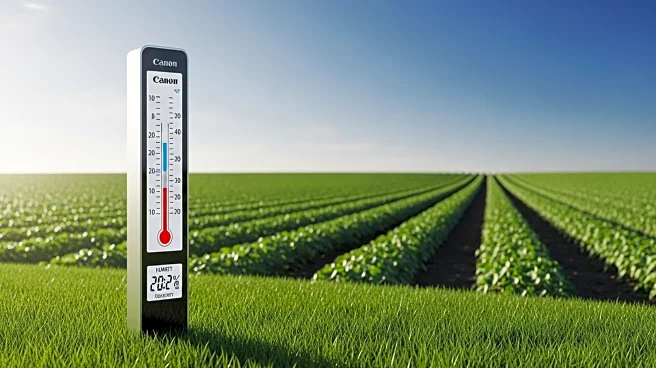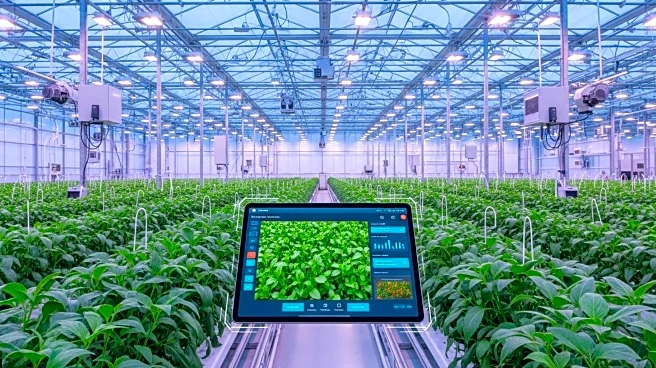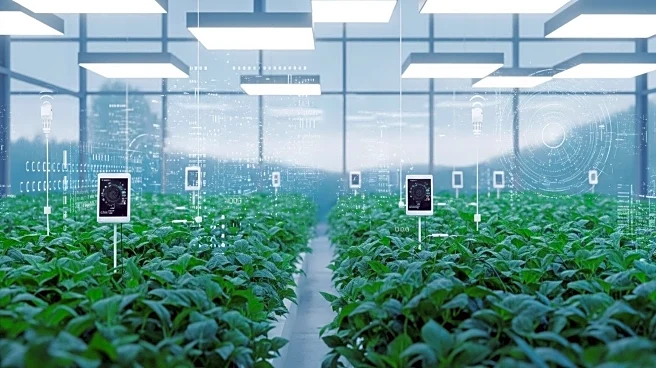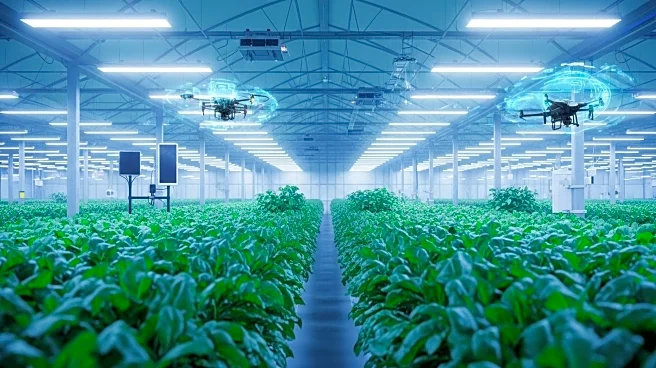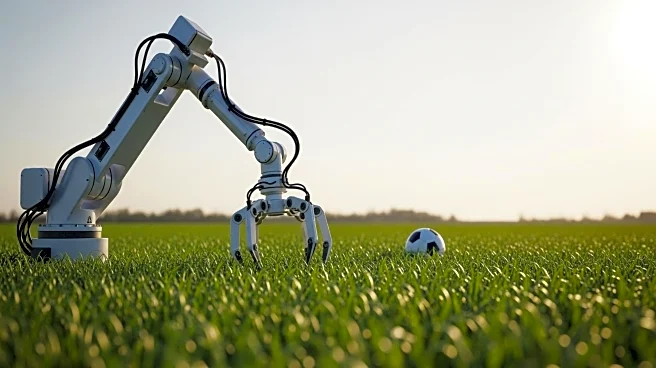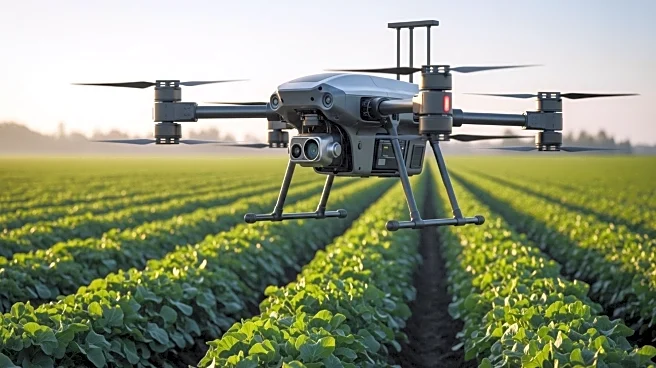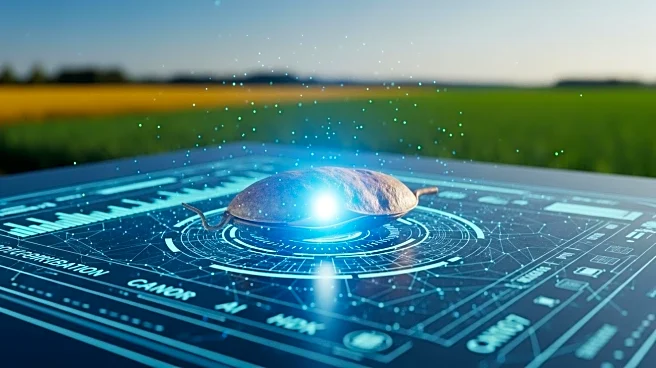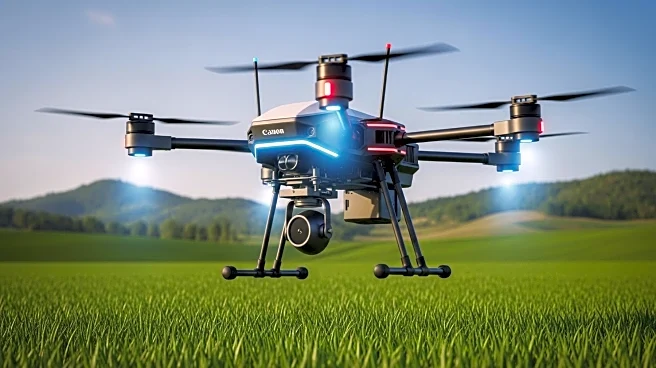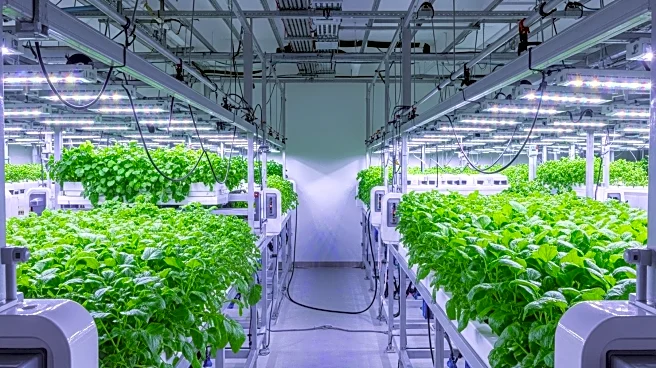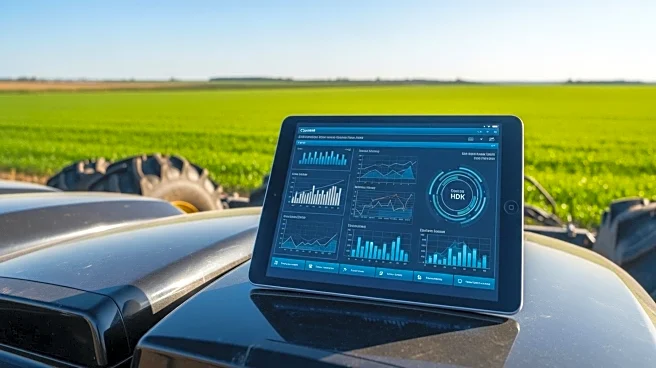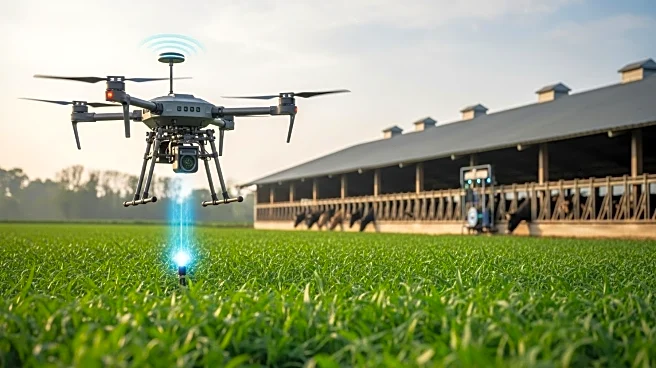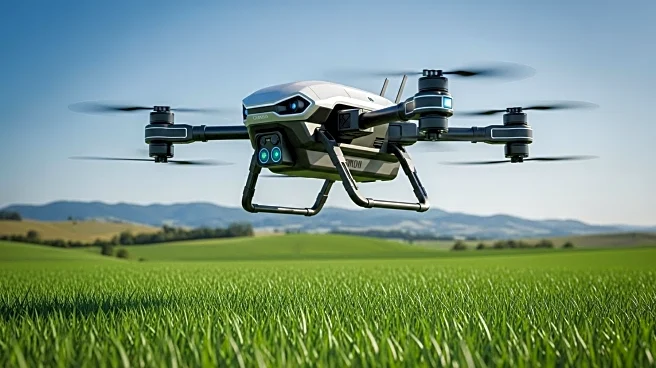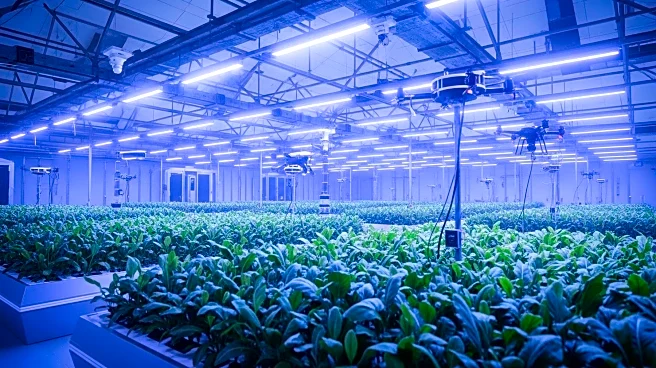What is the story about?
What's Happening?
The agricultural sector is witnessing significant advancements in temperature-humidity gauges, which are projected to improve crop yields by up to 18% by 2025. These devices, equipped with smart sensors, are becoming integral to precision agriculture, providing real-time data on ambient temperature and relative humidity. This data is crucial for managing farm environments, including open fields, greenhouses, and storage facilities. The integration of these gauges into farm management systems is expanding, driven by innovations in sensor technology, connectivity, analytics, and automation. These advancements are enabling a more informed and responsive approach to crop and resource management, reflecting a shift towards higher productivity and sustainability in agriculture.
Why It's Important?
The development of advanced temperature-humidity gauges is crucial for modern agriculture as it addresses the growing demand for food production while ensuring sustainability. By providing precise environmental data, these devices help optimize irrigation, prevent plant stress, and manage pests and diseases preemptively. This leads to improved crop yields and reduced resource input costs. The integration of these gauges with IoT and AI technologies further enhances their utility, allowing for remote monitoring and automated decision-making. This technological evolution supports the agricultural industry's shift towards data-driven practices, which are essential for meeting the challenges of climate change and resource scarcity.
What's Next?
As the adoption of advanced temperature-humidity gauges continues to grow, it is expected that over 60% of modern farms worldwide will utilize these tools by the end of 2025. This widespread adoption will likely lead to further innovations in precision agriculture, with increased integration of AI and IoT technologies. Farmers and stakeholders can anticipate more efficient farm management systems that offer holistic insights into crop needs and environmental trends. The ongoing development of these technologies will play a pivotal role in shaping the future of sustainable agriculture, ensuring food security, and minimizing environmental impact.
Beyond the Headlines
The integration of temperature-humidity gauges into agricultural practices highlights a broader trend towards the digitalization of farming. This shift not only enhances productivity but also promotes environmental stewardship by enabling precise resource management. The use of these gauges in conjunction with AI and big data analytics represents a move towards a more sustainable and resilient agricultural system. This transformation is likely to have long-term implications for food security, rural economies, and global efforts to combat climate change.
AI Generated Content
Do you find this article useful?
